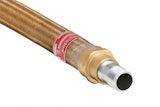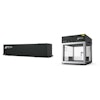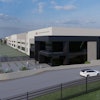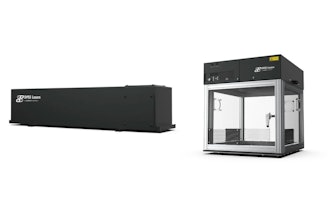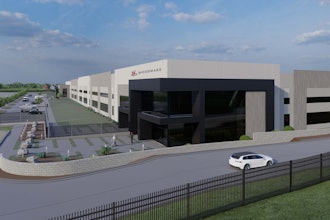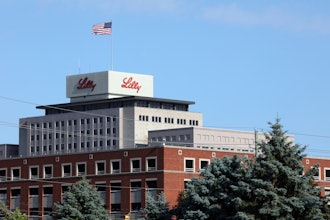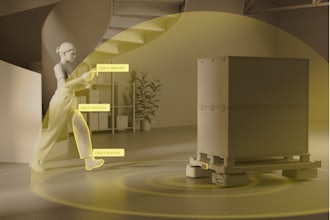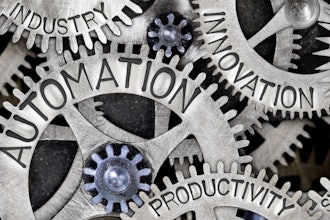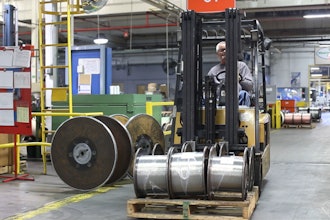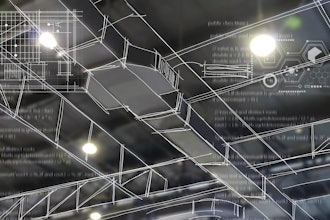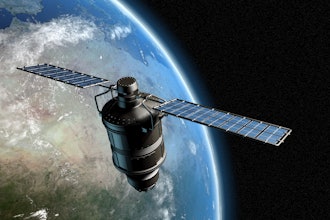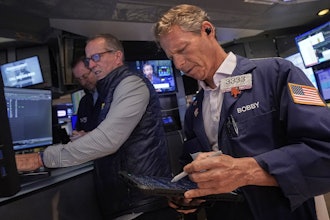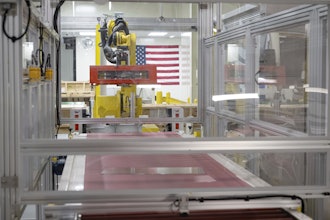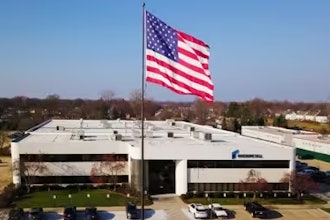Customers are in charge. Not only do they demand quality, price, convenience and care, but they expect experiences that are real, valuable and efficient. And, that dynamic is difficult for manufacturers, in particular, to adapt to, especially in a rapidly changing world of commerce.
When we think about the customer journey, our minds typically jump to consumer brands that interact and delight customers in new ways, but there’s a whole other world of experiences that we don’t talk about, manufacturing. Unlike B2C interactions, manufacturers have multiple types of customers (wholesale, retailer, consumer) and creating seamless experiences can be complex. As an industry that’s set to double to $64 trillion by 2030, manufacturers have a real opportunity to double down and focus on customers.
The once clearly defined boundaries of how manufacturers interact with customers are gone. What’s more, technology and its incredible pace of change is playing a huge role in breaking down some of those pre-existing walls. In a time where customers hold the key, here are three examples of strategies and technologies that manufacturers can implement to put the customer front and center.
Use connected devices and leverage data
According to Gartner, by 2020 there will be 20 billion connected devices, from health wearables to our home appliances. These devices are not only an opportunity for manufacturers to collect data, but to use those insights to improve their business and enhance customer satisfaction.
One way that companies are using IoT to enhance customer communication and proactively anticipate maintenance needs is happening with HVAC companies. For example, many of the top technology companies use a plethora of HVAC units at data centers to ensure their IT equipment remains cool. Those systems need regular maintenance and support to ensure they’re effectively regulating and ventilating buildings. If something goes wrong, customers typically call the manufacturer to come onsite to assess the problem.
We’re starting to see some manufacturers connect HVAC systems to fitted sensors, giving them real-time info and the ability to anticipate maintenance problems. Take, for instance, a slight decrease in temperature that’s picked up by the sensors and signaled to the manufacturer directly by email, quickly enabling their team to address the problem. Not only does this allow manufacturers to save time and travel costs to get onsite, but it causes zero inconvenience to customers. Keeping maintenance hiccups out of sight and out of mind has a huge impact maintaining positive relationships.
What’s more, the amount of data collected and stored by sensors can help manufacturers deliver positive future experiences. Manufacturers can use the information collected to assess the safety and air quality of a unit, determine if the building is meeting environmental regulations or help technicians to do their jobs more efficiently.
Create your own marketplace
B2B marketplaces aren’t new. They’ve existed for years, but haven’t been talked about as extensively as consumer-friendly platforms. With more retail purchases happening online, manufacturers and their customers are taking note. And to avoid falling behind, many manufacturers see marketplaces as an attractive option.
Beyond reaching new segments of customers, marketplaces for B2B have distinct features that deliver on customer experiences. Options including bulk orders, pricing by customers and quotes make for more streamlined and personalized experiences. Wholesalers and retailers can get instant access to the entire range of products available, customize their orders and decide when they want to receive them.
What’s more, the low cost of entry and ability to get a storefront set up quickly can add to marketplace’s appeal. It’s an example of customer expectations that we see in the B2C world crossing over into B2B — demands that manufacturers can’t ignore. These online marketplaces create new sales channels where both manufacturers and distributors can easily connect to consumers while preserving their partner-centric ecosystem.
Bring experiences to life with augmented reality
Many of the use cases for augmented reality (AR) are tied to consumer applications, like commercials, and advertising, but new use cases are cropping up. The technology behind AR and VR is still in its infancy, but there has been significant progress in the past 3-4 years, and as a result, a whole slew of new applications are appearing.
Some manufacturers are looking at the value of AR in industrial environments, like complex assembly lines or maintenance. Depending on the type of product, each has a specific set of assembly instructions, and traditionally these have been physical booklets or pages of information in a PDF file. But today, we see companies find ways to transfer that content to a visual format. Not only is it hands-free but workers can glance at it any time, and can superimpose it directly into their field of view as they’re doing a task. These digital manuals provide greater access to information for those working in production lines, but they can also be handed down to other types of customers that manufacturers interact with, including distributors and sales professionals.
Another example of how AR is used to improve experiences is being tested by luxury car manufacturers. They’ve developed an app that lets customers get an AR view of a car or truck and display key information as you scroll over different parts of the vehicle. One of the cool features is the ability to get quick snapshots of tire pressure and total mileage. These types of innovation demonstrates how nascent technologies can be rolled out to make customers’ lives easier, and we expect to see more manufacturers integrate AR technology to create experiences that much more convenient.
Gone are the days when manufacturers can rely on the strength of their product design and competitive pricing. What’s more, complex B2B paths can make it challenging for manufacturers to create strong customer experiences. The latest technology innovations and digital strategies shouldn’t be seen as a quick fix to build customer satisfaction. Ultimately manufacturers need to take the time to truly understand the needs of their customers and then integrate technology that best addresses those needs.
Peter Sheldon is VP of Strategy at Magento Commerce.
